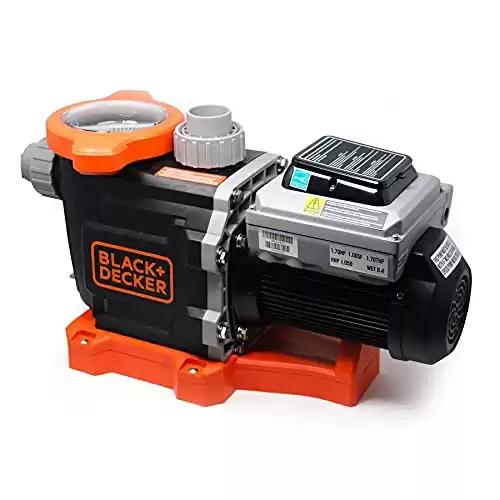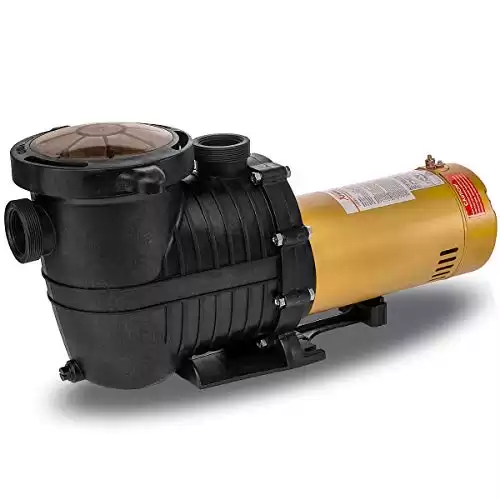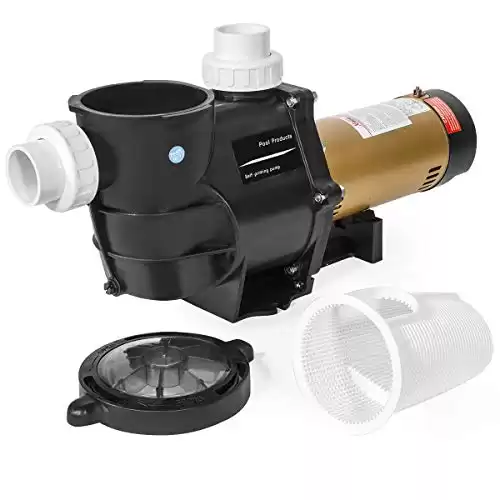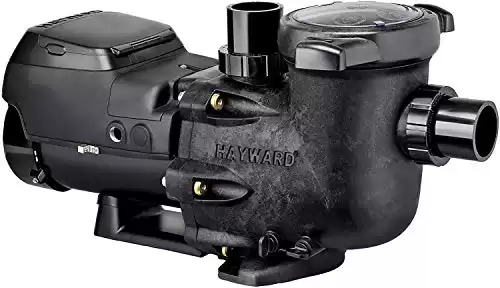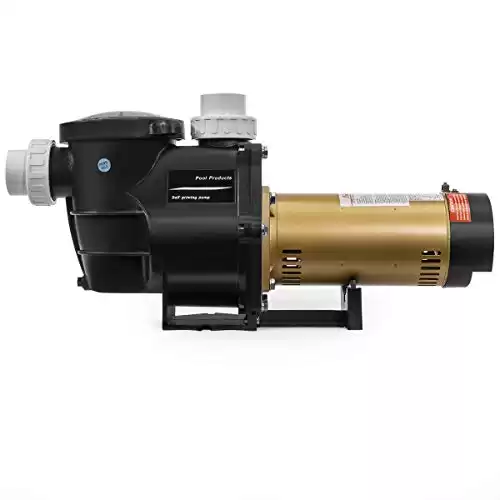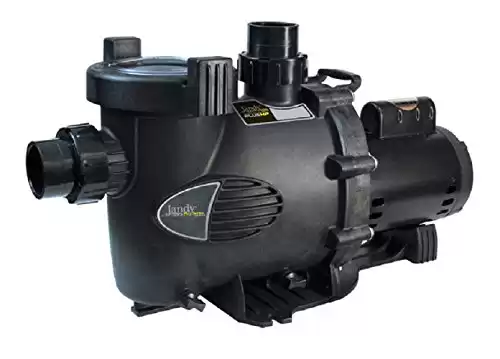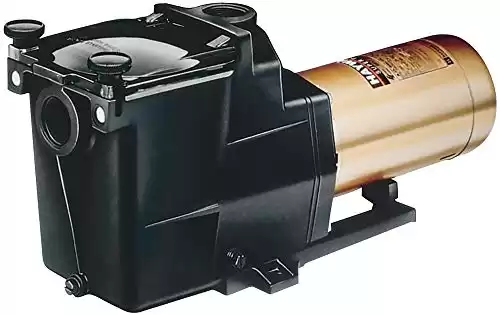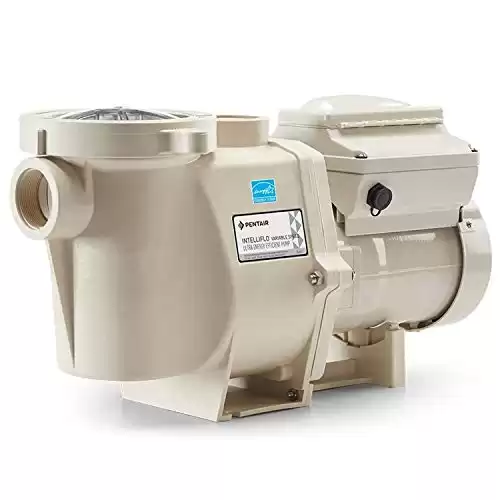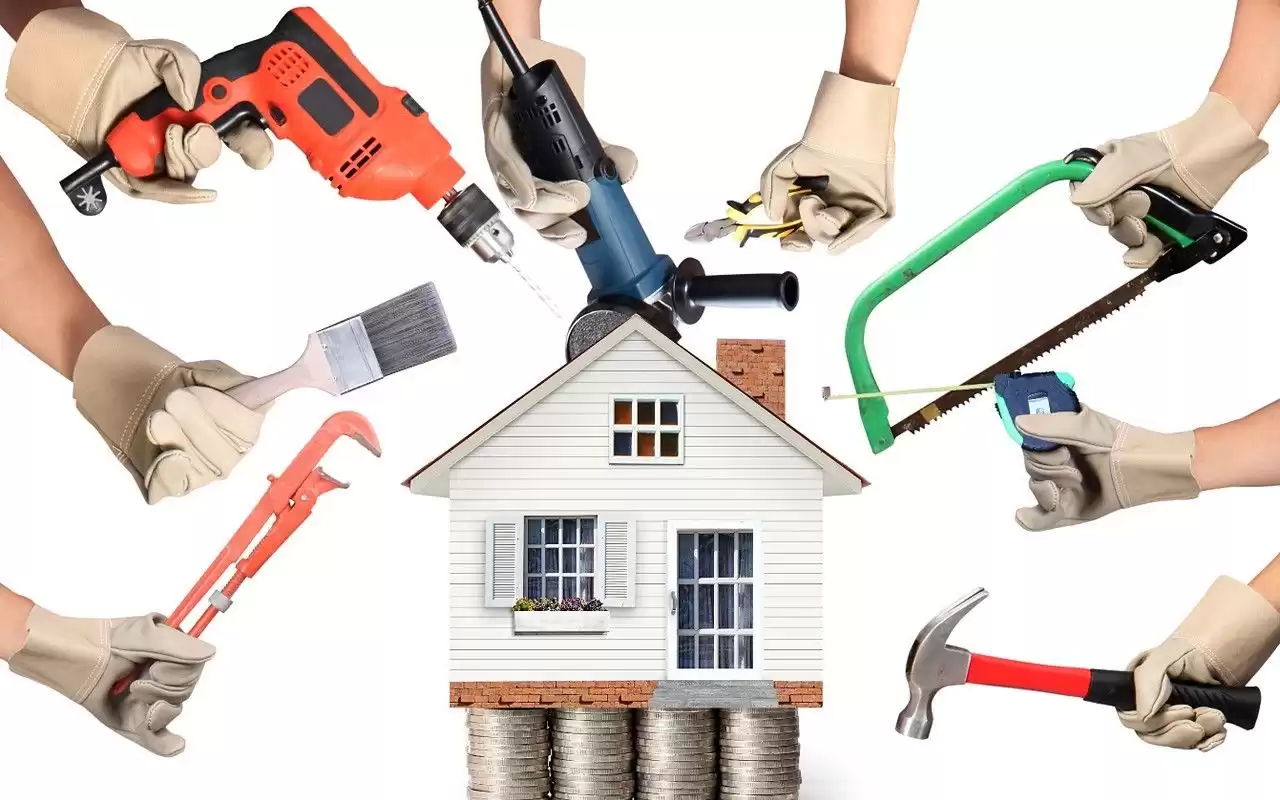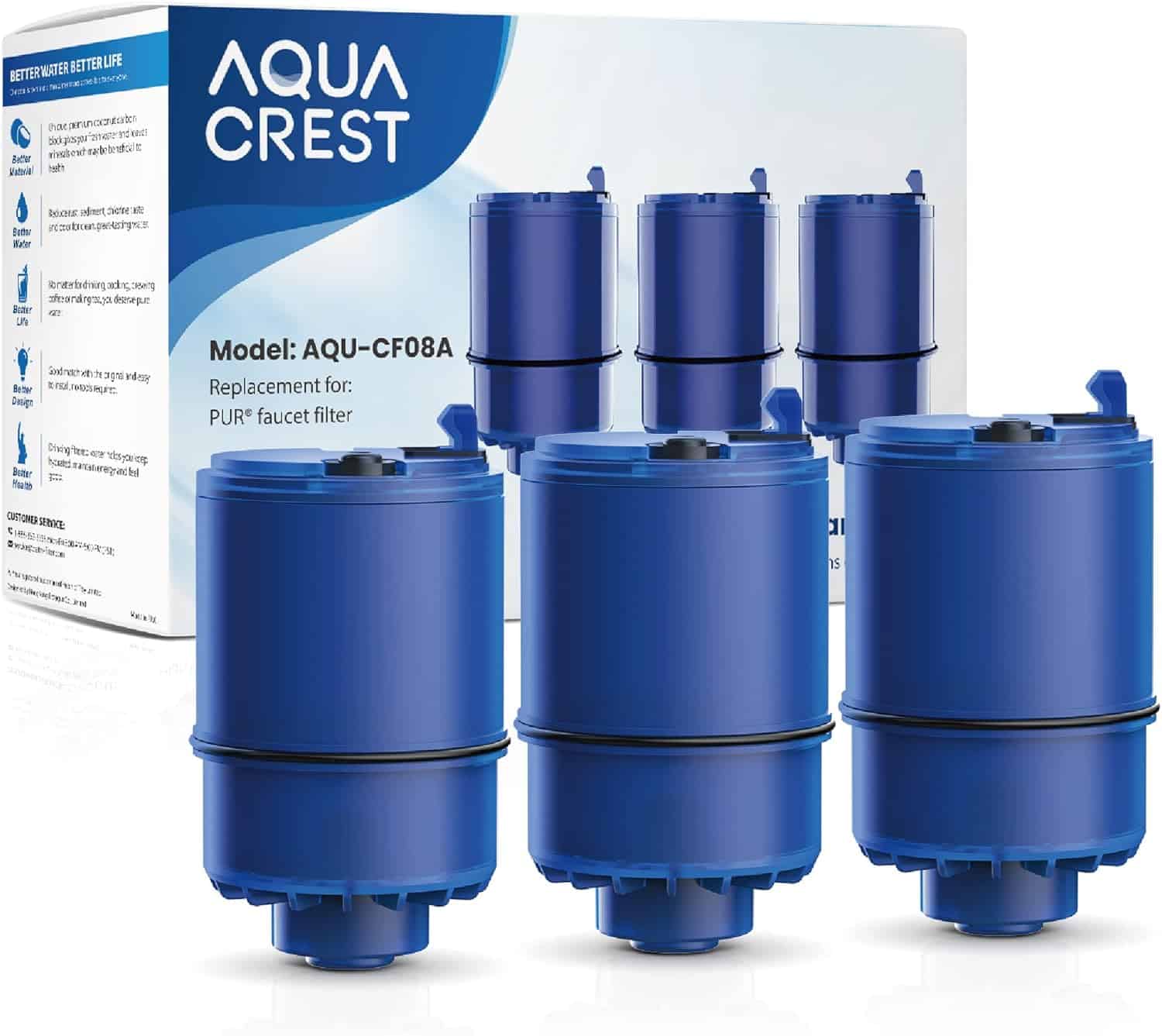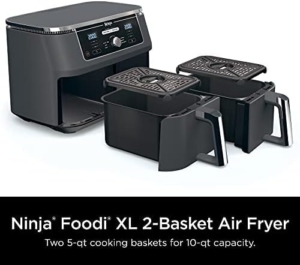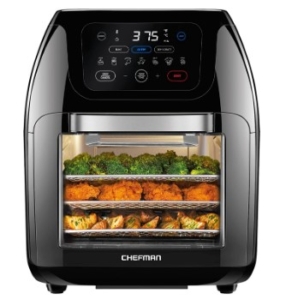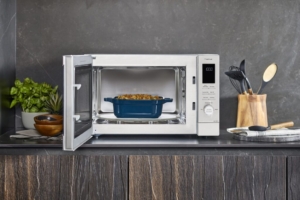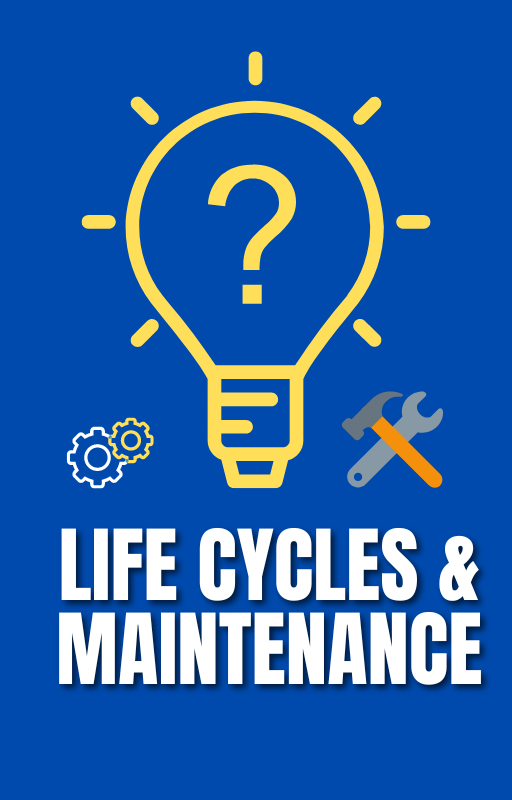Step-by-Step Guide: How to Install a Pool Pump
A pool pump is essential for maintaining a clean and healthy swimming pool. If you’re considering installing a pool pump, this guide is for you. Following this step-by-step tutorial will give you the knowledge and confidence to install your pool pump and keep it running smoothly and successfully. Let’s dive in!
Understanding Pool Pump Basics
Before we jump into the installation process, let’s familiarize ourselves with the basics of a pool pump. A pool pump plays a vital role in circulating and filtering the water in your pool, keeping it clean and safe for swimming. Different pool pump types are available, including single-speed, dual-speed, and variable-speed pumps. Each type has its advantages in terms of energy efficiency and performance.
Pre-Installation Preparation
Proper preparation is crucial for a successful pool pump installation. Before you begin, gather the necessary tools and equipment, such as a screwdriver, pliers, PVC glue, and Teflon tape. Additionally, ensure your safety by wearing appropriate protective gear, such as gloves and safety goggles.
Next, assess your pool’s requirements based on its size and volume. Understanding these factors will help you select the right pump for your pool. Check the manufacturer’s guidelines or consult with a pool professional if you’re unsure about the appropriate pump specifications.
Step-by-Step Guide to Installing a Pool Pump
Now let’s dive into the step-by-step process of installing your pool pump:
Step 1: Turning off Power and Draining the Pool System
Before starting any electrical work, ensure the power to the pool system is turned off. Locate the circuit breaker or switch connected to the pool equipment and switch it off. Next, drain the pool system by closing the main drain valve and opening the air relief valve on the filter.
Step 2: Determining the Ideal Location for the Pool Pump
Carefully choose the location for your pool pump, considering factors such as proximity to the pool, accessibility for maintenance, and noise reduction. Ensure there is ample space for the pump’s base and enough clearance for proper airflow.
Step 3: Setting up the Pump’s Base and Ensuring Stability
Position the pump’s base on a flat and level surface. Use shims or rubber pads to level the base if necessary. Secure the pump to the base using screws or bolts, ensuring it is stable and doesn’t vibrate excessively.
Step 4: Connecting the Pump to the Pool’s Plumbing System
Using PVC pipes and fittings, connect the pump to the pool’s plumbing system. Apply PVC glue to each joint and connect the pipes securely. Use Teflon tape on threaded connections to ensure a watertight seal. Pay attention to the inlet and outlet ports, ensuring they are connected correctly.
Step 5: Wiring the Pump to the Power Source
Follow the manufacturer’s instructions to wire the pump to the power source. Use the appropriate wire size and connectors for a safe and reliable connection. Double-check the wiring connections to ensure they are secure and properly insulated.
Step 6: Priming the Pump and Testing for Proper Water Flow
To prime the pump, fill the pump housing with water through the pump’s priming port. Once the pump is primed, turn on the power and observe the water flow. Ensure there are no leaks and the water circulates properly through the filter and back into the pool.
Pool Pump Troubleshooting Tips
Even with careful installation, issues may arise. Here are some common troubleshooting tips to address potential problems:
Common Pool Pump Installation Issues
Identify common issues such as leaks, poor water flow, or unusual noises, and learn how to troubleshoot them effectively. It’s essential to understand potential problems to ensure your pool pump operates at its best.
Troubleshooting Power Supply or Wiring Problems
If you experience power supply or wiring issues, it’s important to troubleshoot them safely. Learn how to identify and resolve electrical problems to keep your pool pump functioning optimally.
Ensuring Optimal Pump Performance and Efficiency
Regular cleaning, periodic inspections, and proper maintenance will help extend the lifespan of your pump.
Pool Pump Maintenance and Care
To keep your pool pump in excellent condition, regular maintenance is necessary. Here are some essential maintenance tasks to perform:
Regular Maintenance Tasks for the Pool Pump
Learn about routine maintenance tasks such as cleaning the pump basket, checking and replacing the pool pump’s O-rings, and inspecting the motor for any signs of wear or damage.
Cleaning and Inspecting the Pump for Debris or Damage
Discover the importance of keeping the pump free from debris and inspecting it regularly for any signs of damage or malfunction. Proper maintenance will ensure the pump operates efficiently and avoids costly repairs.
| Product Image | Product Name / Price | Primary Button |
|---|---|---|
Tips for Extending the Lifespan of the Pool Pump
1. **Q:** Why is it important to install a pool pump?
**A:** Installing a pool pump is essential for maintaining clean and healthy pool water. The pump circulates the water, helps filter out debris and contaminants, and ensures proper chemical distribution.
2. **Q:** Can I install a pool pump myself, or do I need professional help?
**A:** If you have basic DIY skills and follow a proper guide, you can install a pool pump yourself. However, if you are unsure or uncomfortable with electrical work or plumbing connections, it’s recommended to seek professional assistance.
3. **Q:** How do I determine the right size of pool pump for my pool?
**A:** The size of the pool pump depends on factors such as pool volume, plumbing layout, and desired flow rate. Consult the manufacturer’s guidelines or seek advice from a pool professional to ensure you select the appropriate pump size for your pool.
4. **Q:** What are the different types of pool pumps, and which one should I choose?
**A:** There are single-speed, dual-speed, and variable-speed pool pumps. Single-speed pumps are the most common but can be less energy-efficient. Dual-speed and variable-speed pumps offer more control and energy savings. Consider your budget, pool size, and energy efficiency goals when choosing a pump.
5. **Q:** Where should I install the pool pump?
**A:** Choose a location near the pool, preferably on a stable and level surface. Ensure there is enough clearance for maintenance and proper ventilation to prevent overheating. Consider noise reduction and accessibility when deciding on the pump’s location.
6. **Q:** How do I connect the pool pump to the plumbing system?
**A:** Use PVC pipes and fittings to connect the pool pump to the plumbing system. Apply PVC glue to ensure watertight connections. Follow the manufacturer’s instructions and consult a guide for proper plumbing techniques.
7. **Q:** Is it necessary to prime the pool pump, and how do I do it?
**A:** Priming the pump is essential to remove air from the system and ensure proper water flow. Follow the manufacturer’s instructions to fill the pump housing with water through the priming port before starting the pump.
8. **Q:** What safety precautions should I take during the installation process?
**A:** Before starting any electrical work, turn off the power to the pool system. Wear appropriate safety gear, such as gloves and safety goggles. Follow safety guidelines provided by the manufacturer and consult local electrical codes.
9. **Q:** How often should I perform maintenance on the pool pump?
**A:** Regular maintenance is crucial for optimal pump performance. Tasks such as cleaning the pump basket, inspecting and replacing O-rings, and checking for debris should be performed at least every few months. Follow the manufacturer’s recommendations for specific maintenance intervals.
10. **Q:** What should I do if I encounter problems with my pool pump after installation?
**A:** If you experience issues with your pool pump, check for common problems such as leaks, low water flow, or unusual noises. Consult the troubleshooting section of the installation guide or contact a pool professional for assistance.
Summary: How to Install a Pool Pump: Guide
Congratulations! you have successfully installed your pool pump. Now you can enjoy a clean and healthy swimming pool while saving money on professional installation fees. Remember to perform regular maintenance to keep your pump in optimal condition. With this newfound knowledge and confidence, you’re on your way to becoming a pool pump installation expert. Dive in and enjoy your refreshing pool!


